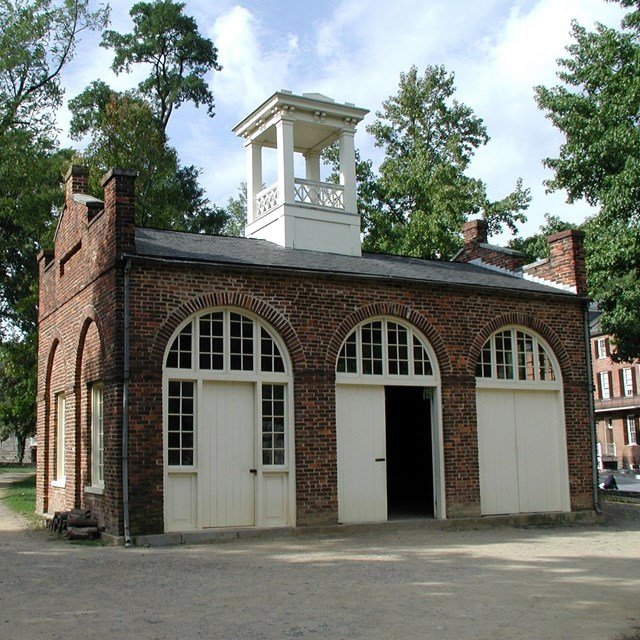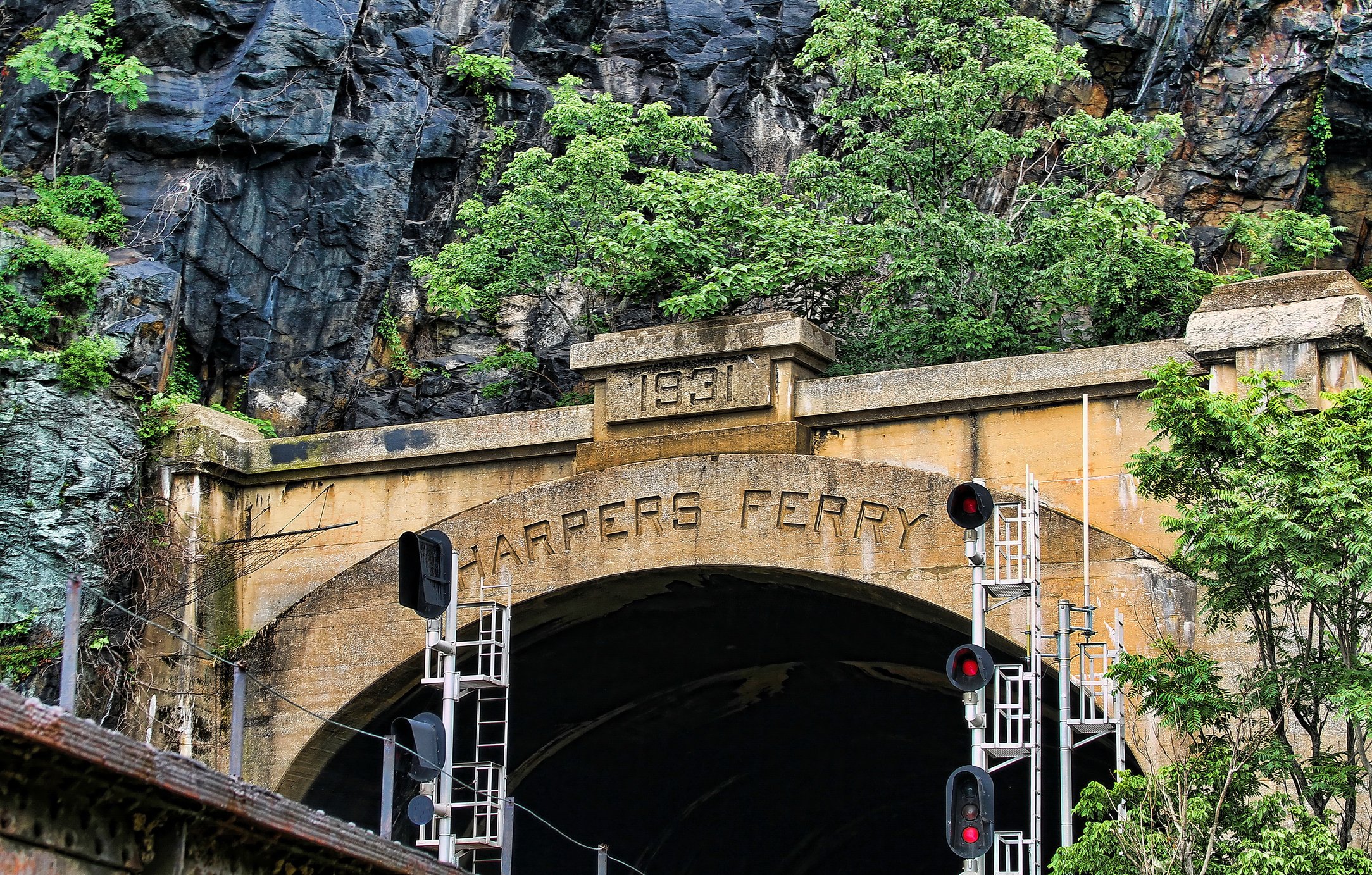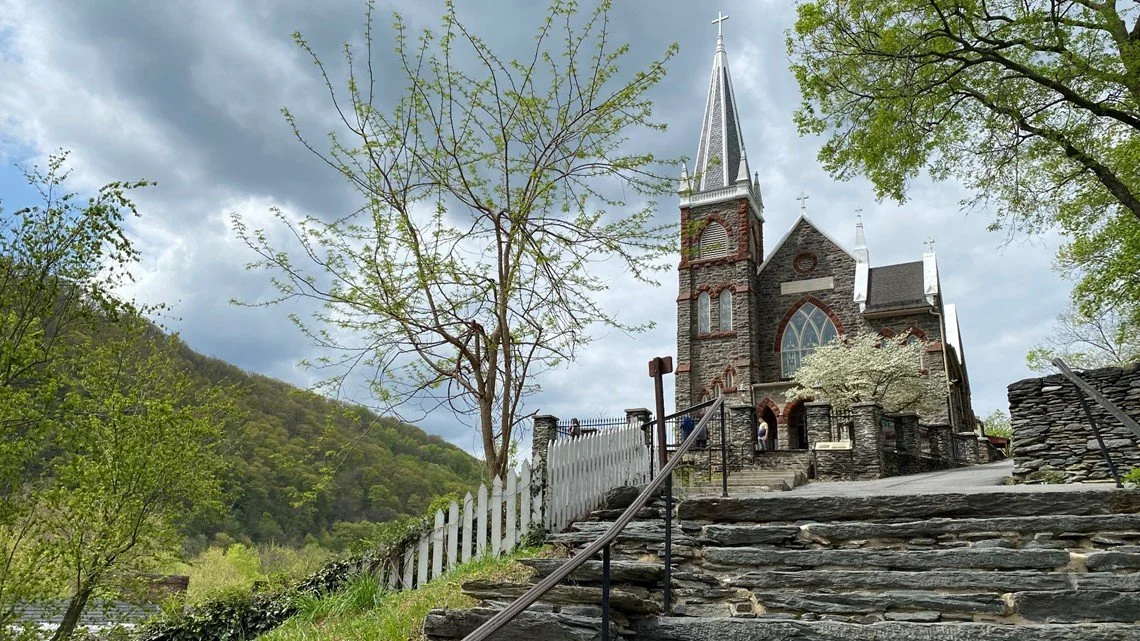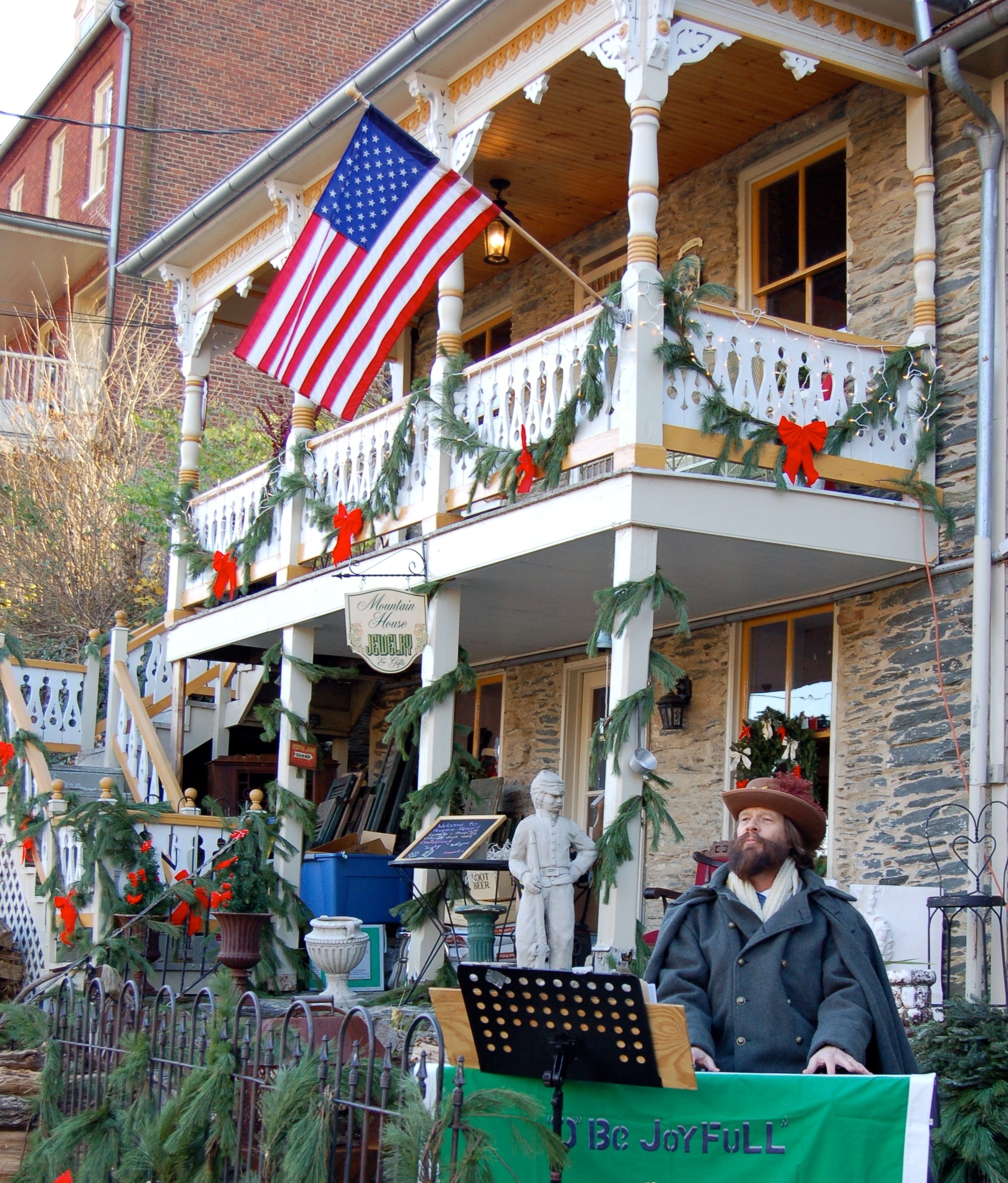HARPER'S FERRY -- HISTORY'S PERFECT FRAME
HARPERS FERRY, WV -- History cannot choose where to happen. Momentous events might just as easily occur on some lackluster field as in some fabled city. So consider America lucky that its "new birth of freedom" started within one of history's most stunning frames.
En route from the Alleghenies to the Atlantic, the Potomac River flows through Harpers Ferry. Another river, the Shenandoah, rolls north out of Virginia to merge with the Potomac. The two rivers place this tiny town on a spit of land flanked by ridges, with a horizon that suggests the Atlantic itself.
The confluence of waters, history, and hillsides makes Harpers Ferry a dreamlike place, frozen in space and time. Nature took care of the space. John Brown handled the time.
We all remember, I hope, the story. How a slightly batty but impassioned man with a most ordinary name began preaching that "slavery was war." How he fought two bloody battles to make Kansas a free state, then began plotting to overthrow the “slaveocracy."
And how on an October night in 1859, John Brown and 21 disciples burst out of a little room here in Harpers Ferry and seized the federal armory. Brown believed that once a divided nation heard of his uprising, slaves throughout the South would rise up and put an end to human bondage.
"I, John Brown, am now quite certain that the crimes of this guilty land can never be purged away but with blood."
But it didn't quite go according to plan. Brown and his men easily took the armory and its 100,000 rifles guarded by a single soldier. But when the B&O railroad came through the amazing tunnel chiseled high above the Potomac, shots were fired.
Word soon spread to Washington D.C., and US Marines, led by Colonel Robert E. Lee, arrived, along with local slave owners. Brown and his men were captured. Seven were killed.
Brown was hung before year's end. And within two years, with the raid at Harpers Ferry as one of many sparks, the Civil War was raging. John Brown's body lay "a-moulderin' in the grave," soldiers sang, but his fanatical spirit lived on and his dream of freeing the slaves came true.
The story is the stuff of high school history but nothing in it prepares you for the setpiece of Harpers Ferry. Cobblestone streets. Wrought iron lamps. Covered sidewalks and jagged stone steps -- all converge to convince the 21st century visitor that it is still 1859.
Throw fall colors into the mix, greens and golds climbing the flanking hills, and you get a picture of history that transcends anything in the books. Not even Ken Burns could do it justice.
But history in Harpers Ferry goes beyond John Brown. A few weeks before he set out for the West in 1805, Meriwether Lewis came here to stock up on supplies, then went up the Potomac to meet William Clark. Robert E. Lee was here, as noted, but so were Ulysses S. Grant and Stonewall Jackson, each fighting for the strategic position. Presidents from Thomas Jefferson to FDR and JFK dropped by to admire the view which, Jefferson said, was worth crossing the Atlantic to see.
I was fortunate to visit in October, arriving early, having the town pretty much to myself. The place must be crawling in July. I hope it is. The National Park Service has done a thorough job of explaining the complex politics of the time on plaques that seem to sprout from the soil at every corner.
You could read your way through Harpers Ferry, or you could just walk the streets, looking, gawking, wondering why you didn't pay more attention to history in high school.
The hardest part about visiting Harpers Ferry is leaving. The long leap from 1859 to the present hits you at the first strip mall. No, you say. Take me back in time. Take me back to Harpers Ferry. But like the waters that flow through history's perfect frame, time takes you downriver.















